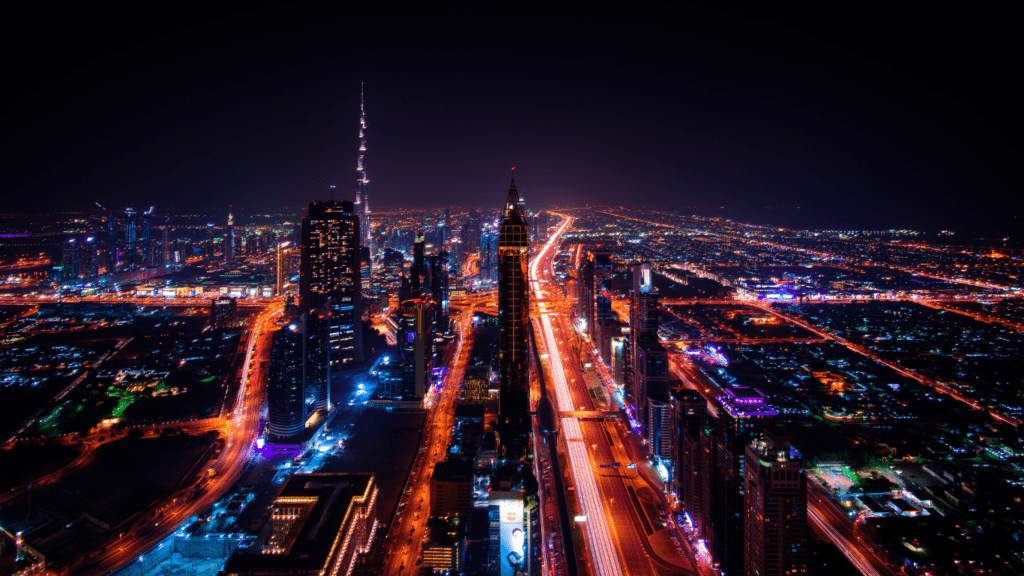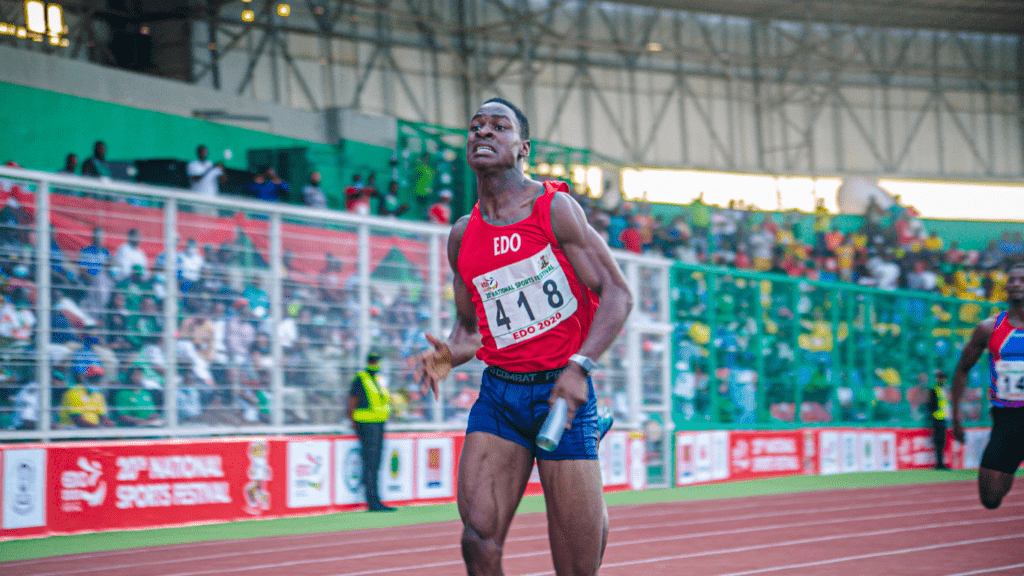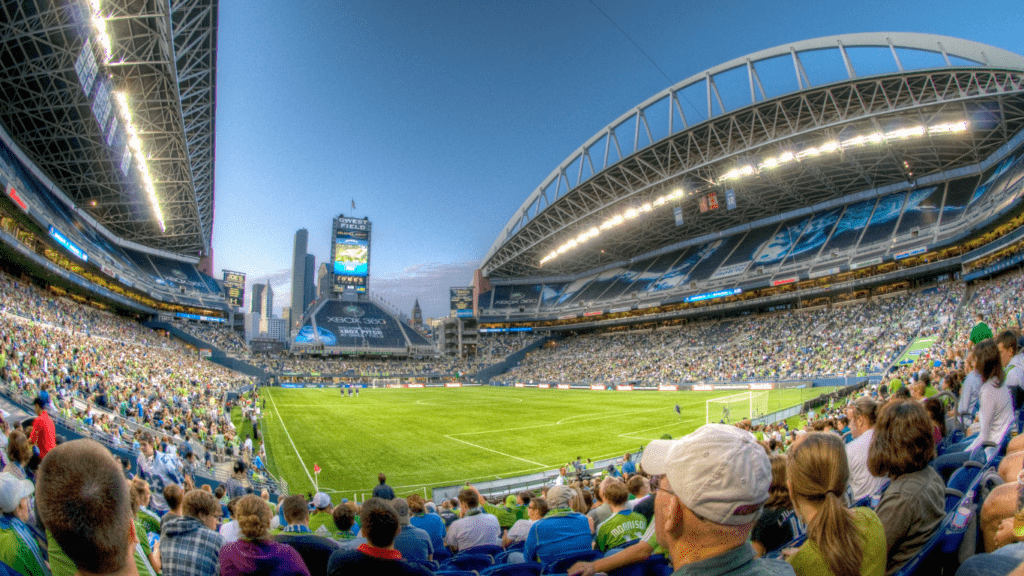Overview of World Cup Tourism
World Cup tourism significantly impacts host cities, turning them into bustling hubs filled with visitors. This influx of fans and media contributes to a lively atmosphere, enriching the cultural experience. Local businesses, such as:
- restaurants
- shops
- entertainment venues
see a surge in customers, boosting the local economy.
Economic Benefits
Hosting the World Cup brings numerous economic advantages. Increased spending by tourists directly benefits hotels, transportation services, and retail shops. According to a report from FIFA, the 2018 World Cup in Russia attracted over 3 million foreign visitors, generating significant revenue. Sales taxes collected from these transactions add to the city’s financial health, funding future public projects.
Infrastructure Development
Cities undergo substantial infrastructure development to meet the demands of World Cup tourism. Governments allocate resources for the construction and renovation of stadiums, improvement of public transit systems, and enhancement of roads and airports. For instance, Brazil spent an estimated $3 billion on infrastructure improvements for the 2014 World Cup. These upgrades often benefit residents long after the event ends, providing lasting value.
Cultural Exchange
World Cup tourism fosters cultural exchange, bringing together people from diverse backgrounds. Fans get the opportunity to experience local culture, cuisine, and traditions firsthand, while residents gain exposure to different nationalities and customs. This interaction can lead to greater cultural awareness and appreciation.
Legacy and Long-Term Effects
The long-term effects of World Cup tourism extend beyond the event itself. Host cities often see a lasting boost in international reputation, making them more attractive destinations for future tourists and events. Improved infrastructure and global recognition can also attract investments, driving sustained economic growth.
By examining these aspects, it’s clear that World Cup tourism provides numerous benefits that transform host cities into vibrant, economically prosperous, and culturally enriched locales.
Economic Impact
The economic impact of hosting the World Cup is profound. Host cities often witness a remarkable financial boost, which ripples through various sectors of the local economy.
Increased Revenue
Host cities see considerable revenue increases during the World Cup. Hotels, restaurants, and transportation services benefit from the influx of visitors. For instance, the 2018 World Cup in Russia generated $14 billion in revenue. This surge in spending boosts the local economy, providing a significant financial windfall for these services. Retailers also enjoy increased sales as tourists purchase memorabilia and local goods.
Job Creation
The World Cup creates thousands of jobs within host cities. These jobs span from construction to hospitality, enhancing employment rates. In Brazil, the 2014 World Cup generated over 700,000 temporary jobs. These positions provide valuable income for local residents and contribute to lowering unemployment rates during the event. After the event, many infrastructure projects leave lasting roles in maintenance and operations.
Local Business Growth
Local businesses experience substantial growth due to World Cup tourism. Small enterprises, such as local cafes, shops, and tour operators, gain increased visibility and customer bases. This influx of customers drives up sales and encourages further investment in local enterprises. For example, South African businesses saw a marked increase in tourists and patronage during and after the 2010 World Cup. The increased activity incentivizes local entrepreneurs to expand their services, leading to sustained growth beyond the event.
The economic impact of the World Cup isn’t just a short-term boost but a catalyst for long-term growth and development in host cities.
Infrastructure Development
Hosting the World Cup spurs significant infrastructure development in host cities. This transformation encompasses stadium constructions, transportation improvements, and urban regeneration.
Stadium Constructions
Constructing new stadiums becomes essential when hosting the World Cup. For example, Brazil built seven new stadiums for the 2014 World Cup. These state-of-the-art facilities not only host sporting events but also concerts and other large gatherings, providing long-term benefits for the city.
Transportation Improvements
Efficient transportation systems are crucial for handling the influx of visitors during the World Cup. Host cities invest heavily in upgrading their public transit networks. Russia, for instance, expanded its metro systems and improved airport facilities ahead of the 2018 World Cup. Enhanced transportation infrastructure eases movement for tourists and residents alike, offering lasting benefits.
Urban Regeneration
Urban regeneration projects often accompany the World Cup to revitalize host cities. For the 2006 World Cup in Germany, cities focused on improving public spaces, renovating historical sites, and building new public parks. These initiatives enhance the city’s appeal to tourists while offering residents improved living conditions long after the event concludes.
Cultural Exchange
World Cup tourism creates a dynamic environment where cultural exchange thrives. This section explores how global exposure and community engagement play vital roles in this transformative process.
Global Exposure
Host cities gain unique opportunities for global exposure during the World Cup. Tourists from various countries visit, bringing their customs, languages, and traditions. For example, during the 2018 World Cup, fans from over 32 countries converged in Russia, turning the event into a melting pot of cultures. Media coverage further amplifies this exposure, broadcasting local culture to millions worldwide. Additionally, international attention on host cities often leads to increased interest and travel to these destinations long after the event.
Community Engagement
- Local communities experience increased interaction during the World Cup.
- Events organized around the tournament, such as cultural festivals and fan zones, encourage locals and tourists to mingle and share experiences.
- Brazil’s 2014 World Cup featured numerous public viewing areas where locals and tourists celebrated together, fostering camaraderie and mutual understanding.
- Schools and community groups also benefit, as they often initiate cultural exchange programs, enhancing global awareness among residents.
- Cultural exchange not only enriches the community but also leaves a lasting impression on visitors.
Environmental Considerations
World Cup events often spur increased awareness of environmental issues in host cities. They necessitate significant investment in sustainable practices and considerations for long-term impact.
Sustainable Practices
Sustainable practices are a key focus during World Cup preparations. Host cities often adopt eco-friendly strategies to reduce the event’s carbon footprint. For example, transportation systems see upgrades to include electric buses and improved public transit options. Recycling programs are also implemented to manage waste efficiently. In Germany during the 2006 World Cup, stadiums incorporated solar panels, reducing dependency on non-renewable energy sources. These efforts not only mitigate environmental impact but also set a precedent for future city planning and large-scale events.
Long-Term Impact
The long-term environmental impact of World Cup events is significant. Cities often see lasting benefits from the sustainable infrastructures put in place. For instance, Brazil’s investment in green stadiums for the 2014 World Cup continues to offer benefits through reduced energy costs. Additionally, urban regeneration projects can transform neglected areas into eco-friendly spaces, improving residents’ quality of life. Establishing green spaces and parks during these events also promotes biodiversity within urban landscapes. In many cases, these initiatives encourage ongoing environmental awareness and sustainable development, ensuring that the impact of the World Cup extends well beyond the final match.
Challenges Faced by Host Cities

While hosting the World Cup brings numerous benefits, it also poses significant challenges for host cities.
Financial Burdens
Host cities often face substantial financial pressures due to the massive investments required for infrastructure, stadiums, and public amenities. For instance, Brazil spent approximately $3 billion to construct new stadiums for the 2014 World Cup. Despite the tourism and economic boost, cities frequently experience budget shortfalls and escalating debts. Government funding usually covers part of the expenses, but a significant portion comes from local budgets, causing strain on financial resources meant for other public services. Local taxpayers sometimes bear the brunt of these costs, facing increased taxes or reduced public services as funds get diverted to cover World Cup-related expenses.
Managing Tourist Influx
Handling the sudden surge in visitors can strain a city’s resources. Over 3 million foreign visitors attended the 2018 World Cup in Russia. Cities must upgrade accommodations, expand public transportation, and enhance security measures. Overcrowding becomes a concern, with local infrastructure often under immense pressure. For example, public transit systems may face disruptions due to increased usage, and popular tourist sites can become overwhelmed, leading to a poor experience for both tourists and locals. Additionally, cities must establish effective crowd management strategies to prevent potential issues related to safety and congestion.
Case Studies of Previous Host Cities
Examining past World Cup host cities offers valuable insights into the event’s transformative impact. Here’s a look at their successes and lessons learned.
Success Stories
The 2010 World Cup in South Africa stands out as a prime example. The tournament spurred major infrastructure upgrades, including the construction of 10 new stadiums and improvements to airports, roads, and public transportation. These enhancements not only accommodated the influx of tourists but also left lasting benefits for residents. The event also generated approximately $509 million in direct spending by tourists, greatly boosting the local economy.
Germany’s 2006 World Cup is another success. The event attracted over 2 million foreign visitors, significantly benefiting the tourism sector. Extensive urban regeneration projects improved public spaces and living conditions, and the enhanced infrastructure continues to serve the community. Additionally, investing in energy-efficient stadiums set a new standard for future events, showcasing Germany’s commitment to sustainability.
Lessons Learned
Brazil’s experience hosting the 2014 World Cup highlights several challenges. Despite investing $3 billion in infrastructure, facilities, and stadiums, the country faced criticism due to budget overruns and underutilized stadiums post-event. The local taxpayers bore much of the financial burden, leading to public discontent. This underscores the need for sustainable planning and budget management in future host cities.
Russia’s 2018 World Cup also provides valuable lessons. While the tournament successfully attracted over 3 million foreign visitors and generated $14 billion in revenue, managing the surge in tourists was challenging. Local infrastructure upgrades, including expanded metro lines and improved airport facilities, were crucial but required significant investment. Host cities should plan for sustainable post-event use of infrastructure to ensure long-term benefits.
Understanding the experiences of past host cities helps future hosts optimize their approach to infrastructure development, economic planning, and cultural engagement.



